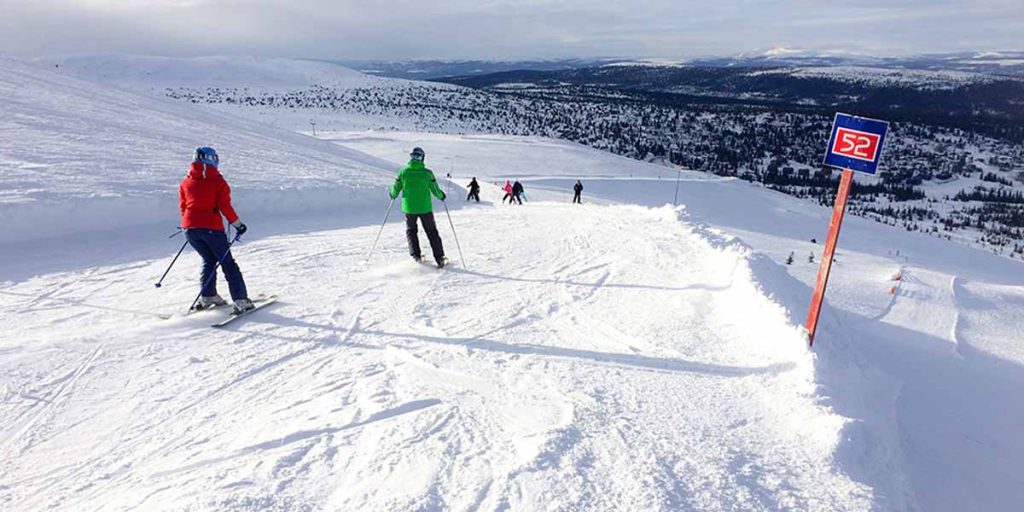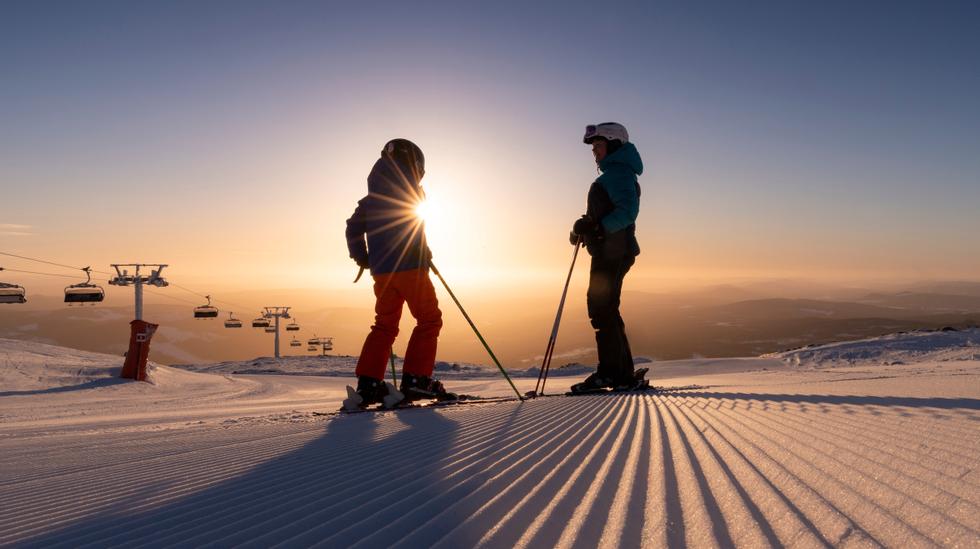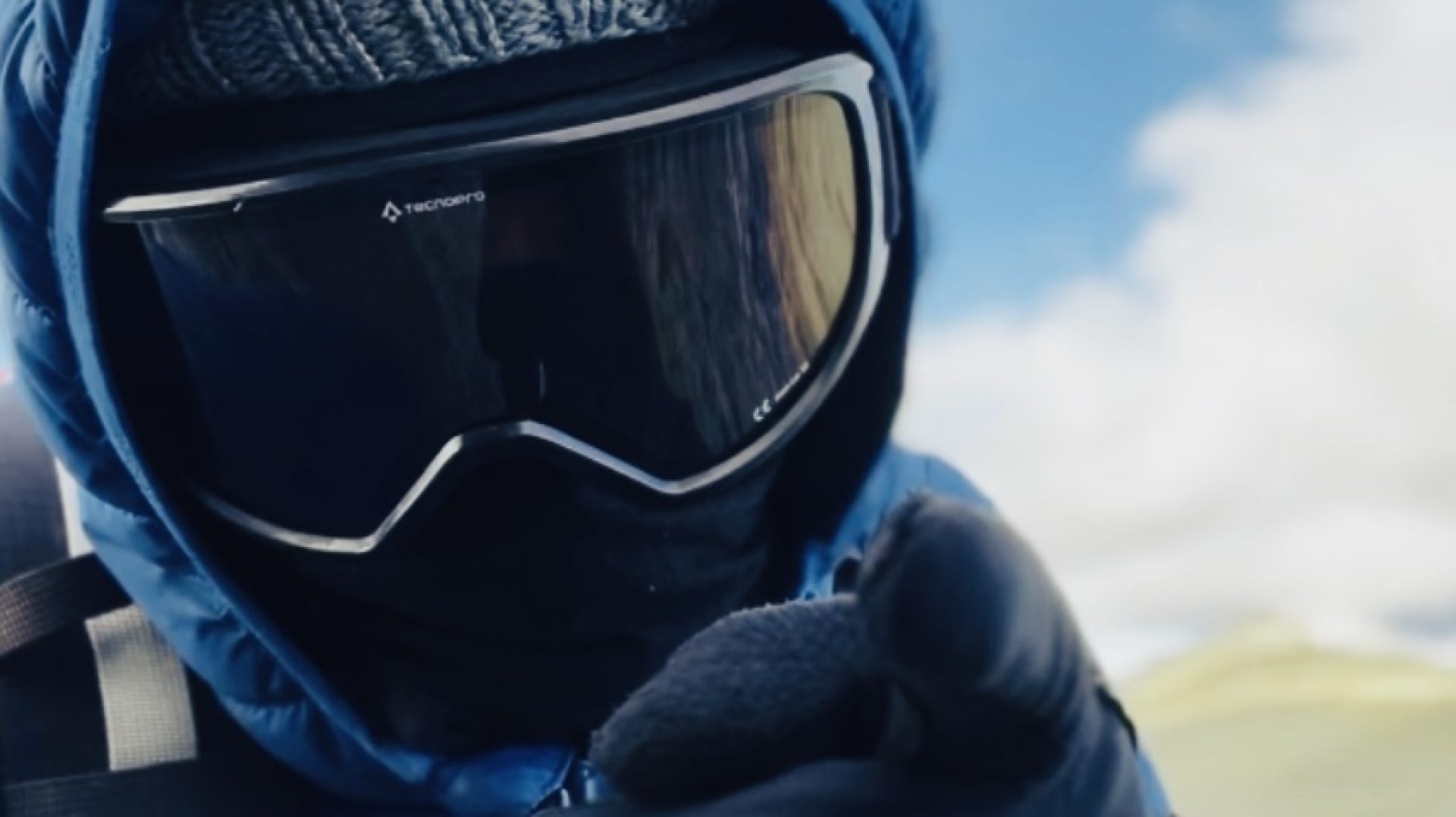


Located in the enchanting wilderness of Eastern Norway, Trysil is a town that has earned a reputation as one of Scandinavia’s top outdoor adventure destinations. Nestled in Hedmark County, this picturesque town is most famous for its stunning ski resorts, but its appeal extends well beyond winter sports. From thrilling slopes to serene hiking trails, Trysil offers a year-round playground for nature lovers. However, like any destination, it has its downsides too. Here’s everything you need to know about this charming town, including its proximity to Oslo and the best ways to get there.
Why Visit Trysil?
1. A Winter Wonderland for Skiing and Snowboarding
Trysil is best known for Trysilfjellet, Norway’s largest ski resort. Boasting over 70 kilometers of ski slopes, it caters to skiers and snowboarders of all levels. Families, beginners, and experts alike can enjoy perfectly groomed pistes, terrain parks, and cross-country ski tracks. The resort is equipped with modern lifts, cozy cabins, and ski schools, making it an ideal destination for a winter holiday.
2. Year-Round Outdoor Activities
While winter is Trysil’s prime season, the town offers plenty of activities during the summer and fall. Mountain biking enthusiasts flock to Trysil Bike Arena, a vast network of trails designed for riders of all skill levels. The area is also popular for hiking, fishing, and canoeing, offering serene landscapes of rivers, forests, and mountains.
3. Family-Friendly Atmosphere
Trysil is designed with families in mind. The ski resort offers child-friendly slopes, ski schools, and play areas. During summer, children can explore nature-themed playgrounds, participate in outdoor activities, or enjoy gentle bike trails.
Downsides of Trysil
1. High Costs
Like many Norwegian destinations, Trysil can be expensive. Accommodation, food, and activities are priced at a premium, especially during the peak winter season. Budget travelers might find it challenging to keep costs down.
2. Limited Nightlife
While Trysil is perfect for outdoor adventures and family trips, it’s not the best destination for those seeking vibrant nightlife. Entertainment options are limited, with a few bars and restaurants catering to the après-ski crowd.
3. Remote Location
Despite its proximity to Oslo, Trysil’s remote setting means fewer transportation options and a quieter atmosphere. This can be a drawback for travelers who prefer bustling cities or easy access to urban amenities.
Distance from Oslo
Trysil is approximately 210 kilometers (130 miles) northeast of Oslo, Norway’s capital. The journey takes about 2.5 to 3 hours, depending on the mode of transportation.
How to Get to Trysil from Oslo
1. By Car
Driving from Oslo to Trysil is one of the most convenient ways to reach the town. The route follows E6 and Rv3, offering scenic views of Norway’s countryside. The journey takes around 2.5 hours under normal driving conditions. Renting a car provides flexibility, allowing travelers to explore Trysil and its surrounding areas at their own pace.
2. By Bus
Several bus services operate between Oslo and Trysil, including the Trysil Express. The bus ride takes approximately 3 hours and is a comfortable and affordable option. Buses are equipped with Wi-Fi, restrooms, and ample luggage space, making the journey pleasant and hassle-free.
3. By Train and Taxi
Although Trysil does not have its own train station, travelers can take a train from Oslo to Elverum, a nearby town. The train ride to Elverum takes about 1.5 hours. From Elverum, a taxi or local bus can be used to cover the remaining 70 kilometers to Trysil, which takes about an hour. This option combines scenic rail travel with flexibility.
Conclusion
Trysil is a must-visit destination for outdoor enthusiasts and families seeking adventure in Norway’s pristine wilderness. With its world-class ski resort, year-round activities, and family-friendly atmosphere, it’s a town that offers something for everyone. While high costs and limited nightlife may deter some, the natural beauty and recreational opportunities more than make up for these downsides. Located just a few hours from Oslo, Trysil is easily accessible by car, bus, or train, making it a convenient getaway for Norwegians and international visitors alike.


